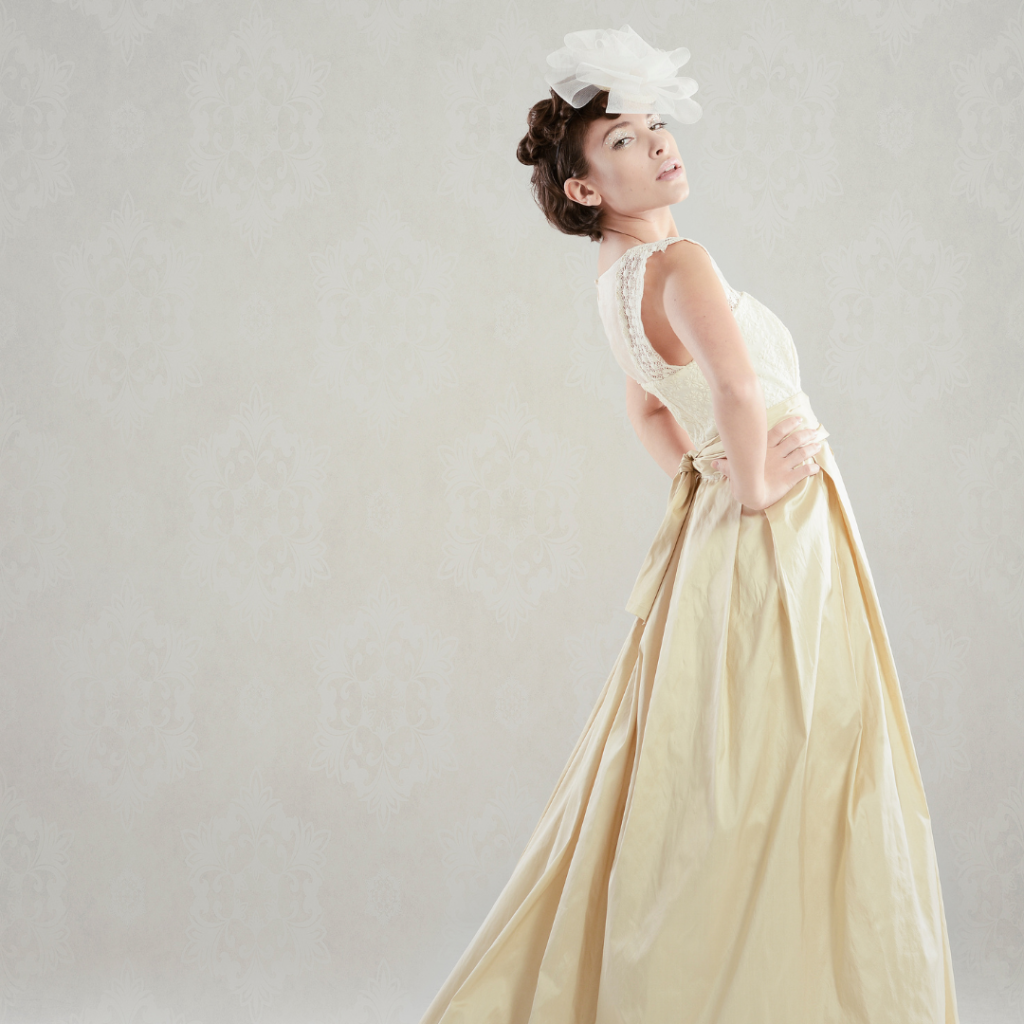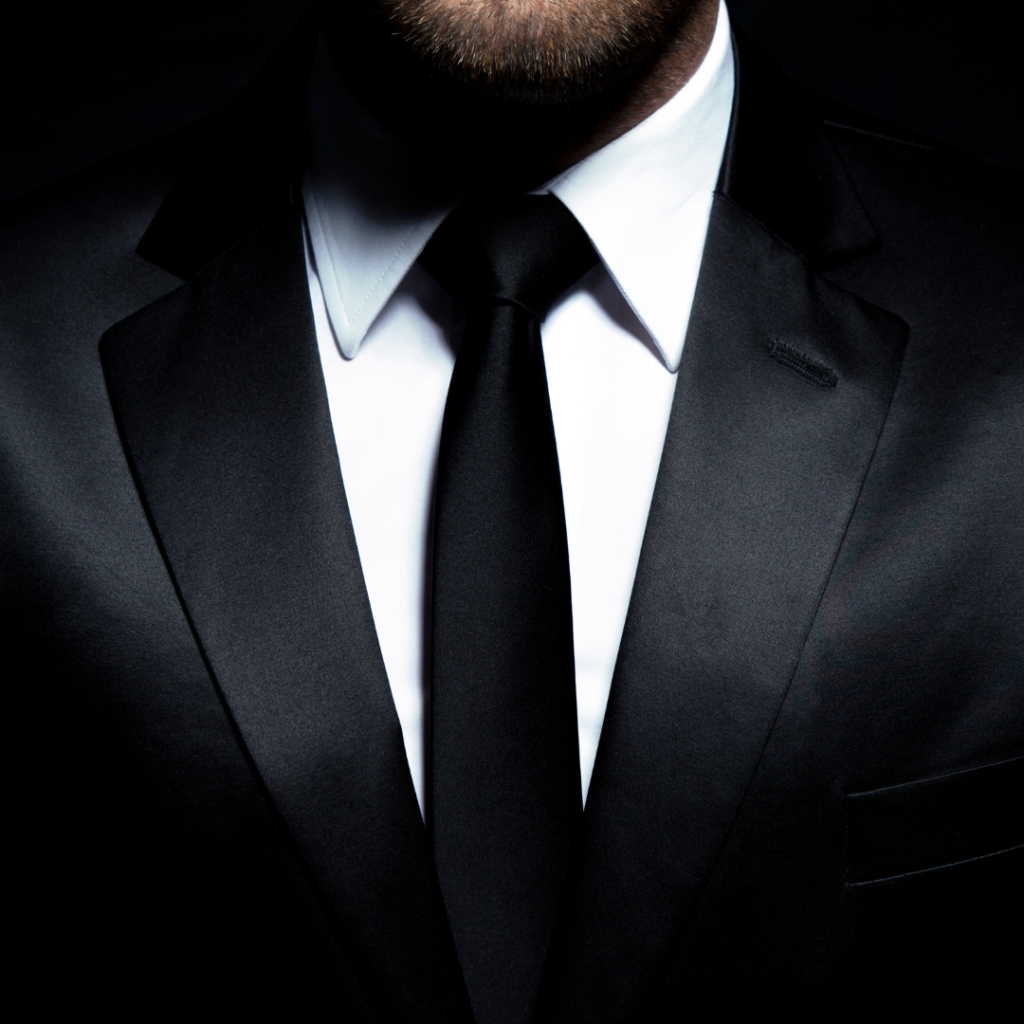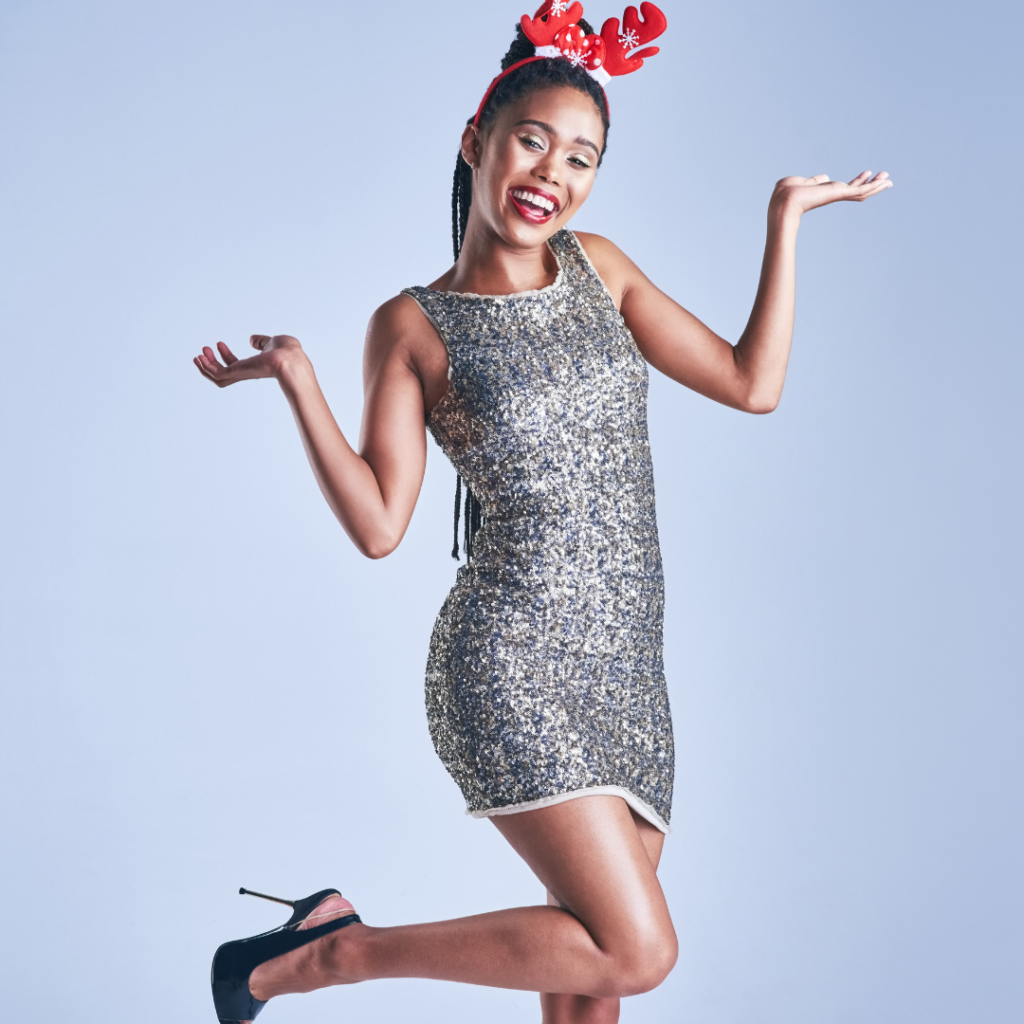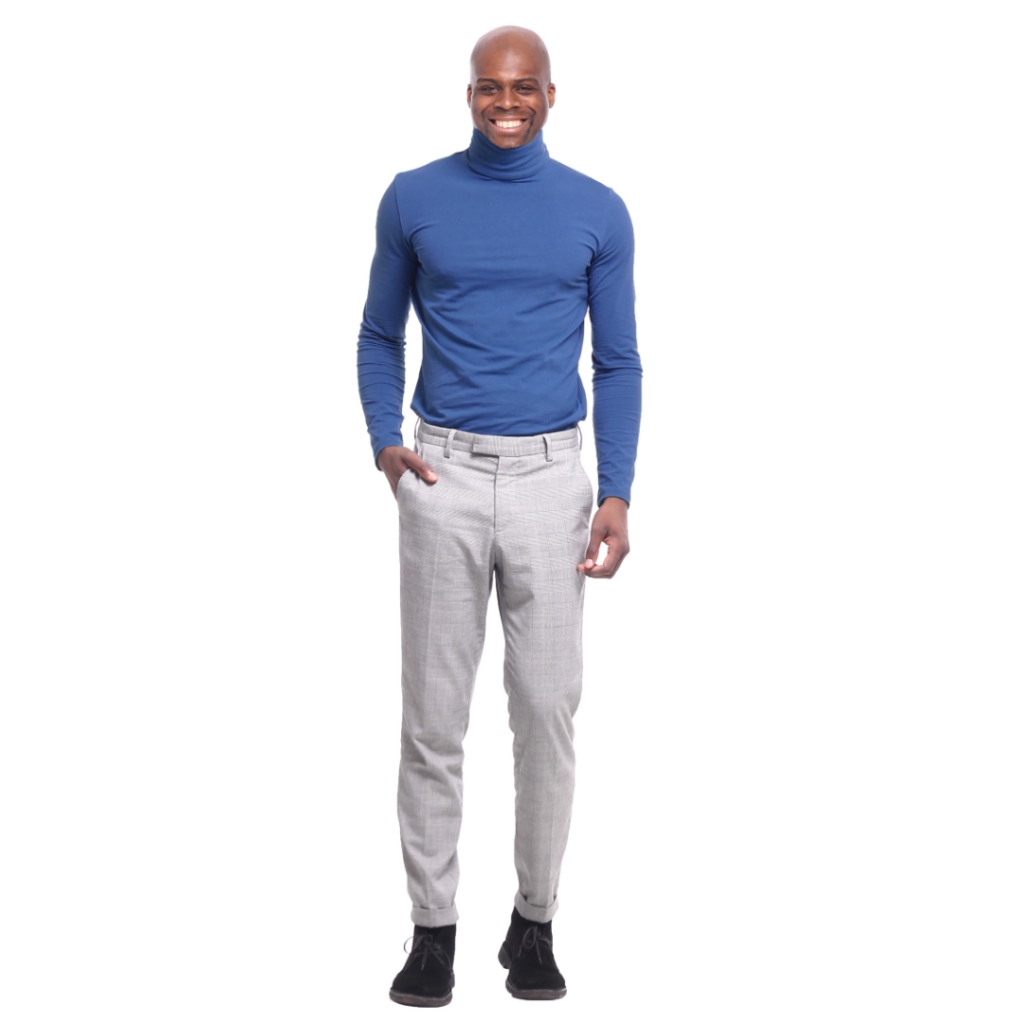All you need to know about dress codes
So, you have finally received the invitation to that event that you were waiting for! But when you glance twice at the invitation card you notice the words “dress code” and your head is scratching immediately.
It is a feeling that I can understand, I have always received that famous question “what exactly mean {insert any dress code} attire?” before any event I organized.
As we are heading the wedding season (and many other social events) I thought it could be useful to refresh your memory about the main existed attire.
Nowadays, there are more outfits than before and people tend to be less strict about their attire. However, there are some basic rules you need to know in case you are invited to that special event. Let’s dive into it, from the most formal to the most casual.
White Tie
The most formal of all dress codes is white tie, also known as “full evening dress”. Dressing in “white tie” implies aristocratic or royal status or a distinguished social status for guests. You know it will be a high-caliber evening.
For women, it is a formal floor-length gown with no exceptions. It should not reveal the ankles at the hem of the dress. Everything should be paired perfectly, including high heels, jewelry, and other accessories.
The gentlemen must wear a tuxedo with tails, a white bow, a white waistcoat, a formal white shirt, black shoes, black lace, and black socks, of course.
White gloves and a hat are optional, but they could be useful and maybe the only time to wear them.
Some examples of white tie events are Royal Ceremonies, Opera openings, and balls.

Black Tie
This is the next most formal dress code, there are more possibilities you receive an invitation to a black-tie event than a white-tie one.
This kind of event is usually held in the evening and it means it will be more traditional, with an elegant and fancier atmosphere.
For the ladies, they should wear a formal floor-length gown and they may also wear elegant pantsuits in some cases.
Men must wear a tuxedo. A black bow tie, black vest or cummerbund, and patent leather shoes are also suggested.
For summer weddings, a white dinner jacket and black tuxedo trousers are also acceptable; as well as a sophisticated cocktail dress for the women.
There are many examples of black-tie events, such as ceremony awards, conservative weddings, charity events, etc.

Creative Black Tie
This is my favorite attire! I would describe it as black-tie with an original twist and more room for imagination.
It is still a formal event but allows for the use of textures, colors, and accessories to personalize your look.
This means the event will not necessarily be so traditional and it will be a true joy to see how other guests managed to put together their outfits.

Formal
A formal outfit is a slightly less official than a black tie, which means that a tuxedo is not mandatory and men can wear a dark suit with a conservative tie.
For women, formal’s guideline is almost the same as black-tie, with the small difference that some accept dresses that shows the ankles.
A business formal dress code is characterized by a suit jacket with matching pants or a skirt. The darker the suit, the more formal. There are seasonal variations as well as matching accessories to personalize your look, but they should not be a distraction in any way.
Weddings, in general, are formal, also some business dinners and conferences.

Semi-formal or Cocktail
A semi-formal dress code is best described as being more formal than what you would wear to an office, but slightly less formal than what you would wear to a formal event. Nevertheless, if the event is later than 6 pm, you’ll want to err on the side of formality.
The look should be elegant and tailored, but feel free to express a bit of your personality.
Semi-formal is also known as cocktail attire.
This type of attire is appropriate for Sunday brunches, business meetings, and evening cocktails.

Festive
The newest dress code and we are seeing it a lot lately. The foundation will be a semi-formal or cocktail attire, yet you can use a cheerful touch if the invitation is around the holiday.
You are also allowed to play with more audacious colors and accessories.
Christmas parties and destination weddings are good examples of a festive dress code.

Casual
It refers to clothing that is informal and comfortable, yet clean and professional. It’s best to go with nicer casual wear and avoid the baggier items you wear around the house.
Casual business attire is pretty ambiguous, but generally means slacks, khakis, or a skirt with a dress shirt, blouse, or polo. Dresses and seasonal sports coats fall into this dress code as well.
***Smart Casual: a combination of casual and business. Something you will wear at work every day.

You’re all set, have fun !